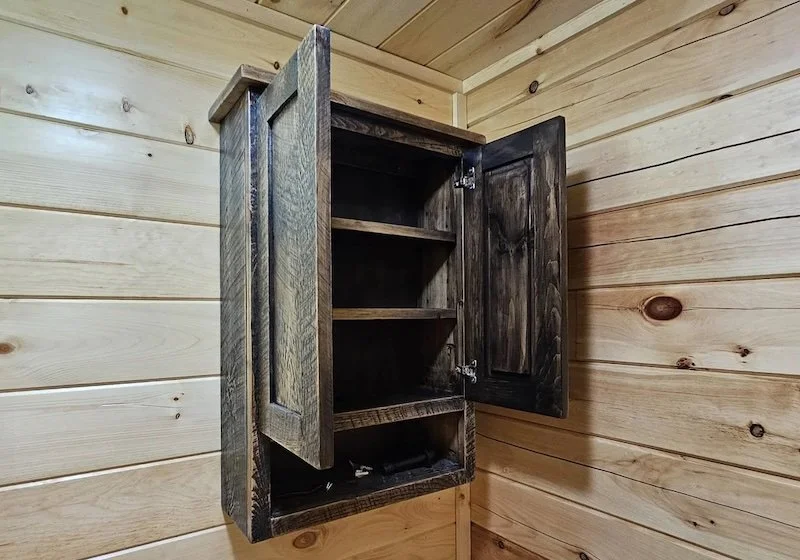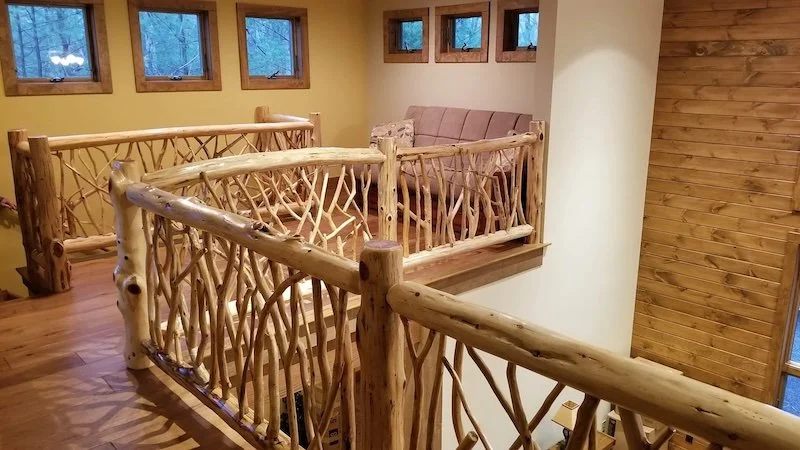Wood Durability
When it comes to buying furniture you need to understand the characteristics of the wood you are buying. The number one attribute we get asked about is durability or hardness. That is, will the product I’m interested in last or will it need to be replaced in a couple of years? In order to measure durability, a man named Gabriel Janka invented a test in 1906, which is still used today, to determine the hardness of a piece of wood. His test measures the force, in pounds, it takes to embed a .444” steel ball bearing halfway into a piece of wood. The higher amount of force needed the more durable a species of wood is.
We regularly use nine different species of wood for our furniture, ranging from super soft to hard. By super soft, we mean that you can dent the wood with your fingernail. Aspen is an example of a softwood that we use, in fact, it’s our best seller. Considering the softness of Aspen we gladly use it for bedroom sets and living room sets but recommend moving to a different species for a dining room table. The chart below shows how each of the species we use compares in terms of durability. If you are purchasing furniture for a rental property consider purchasing furniture from one of the harder species that we offer, such as Barnwood, Hickory, or Oak.
Why use softwoods?
We sell three different softwoods, Aspen, Pine, and White Cedar. The question is why use a wood that has such a low rating on the hardness scale? The Janka scale does a great job of measuring durability when it comes to dents and scratches, but it doesn’t tell the entire story in terms of strength. For instance, an Aspen or White Cedar log dents easily, but it doens’t break easily. A bed made from one of our softwoods is just as sturdy and durable as one of our hardwood beds. In the case of Aspen, it is not only strong but has more character than any other species we sell. In other words, just because a softwood doesn’t make a good dining table or countertop doesn’t mean it won’t make a fantastic bed or dresser.
You can view a fuller version of the Janka Scale here












